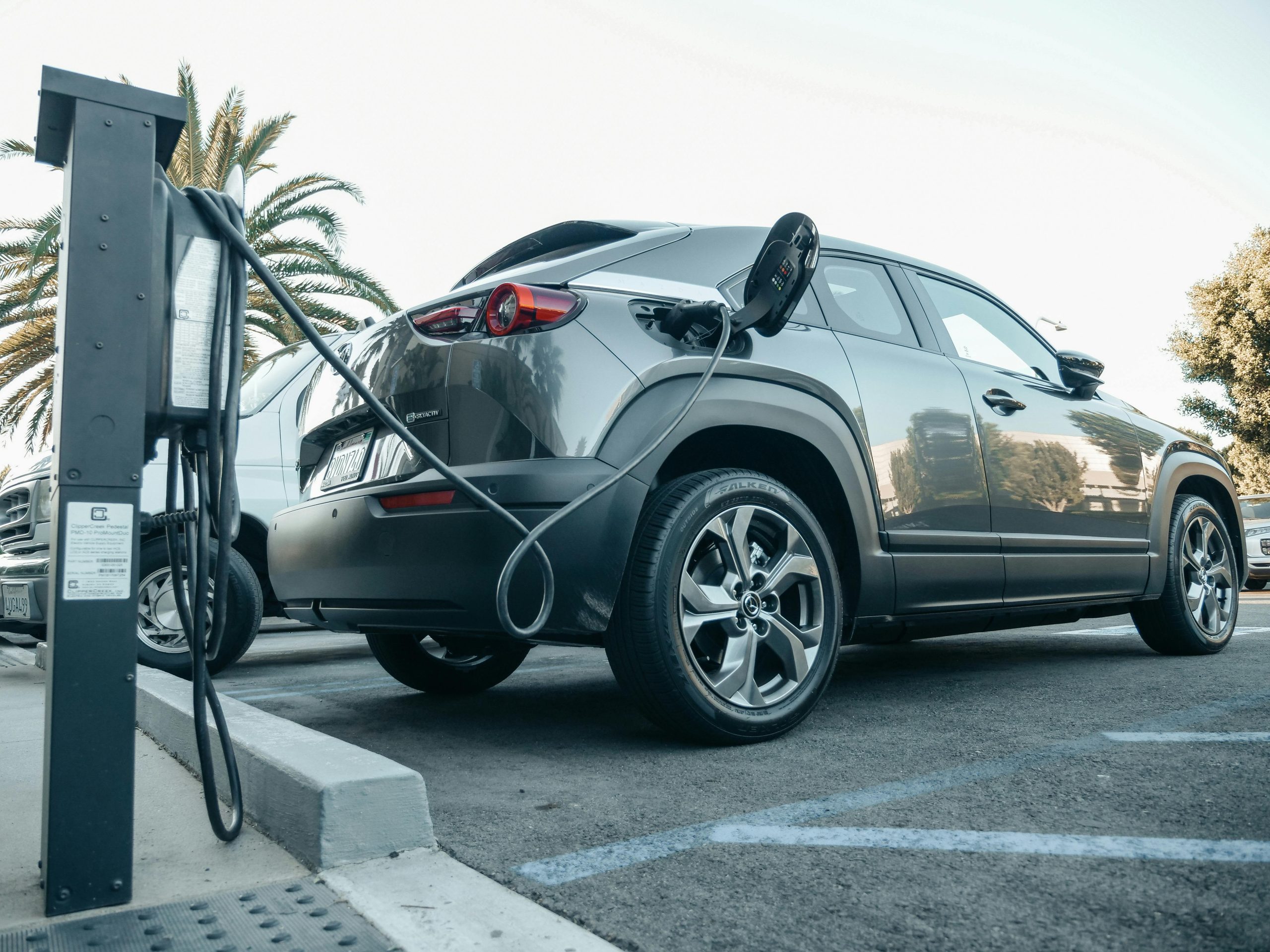Tesla crushed the competition in China. It even beat cars equipped with LIDAR in an autonomous driving test

Comprehensive testing of advanced driver assistance systems (ADAS) in electric cars of various brands was conducted in China. The aim was to compare the capabilities of the cars in real-life urban driving conditions and to evaluate how the individual systems behave when interacting with normal traffic.
To everyone’s surprise (or rather, confirming the assumptions of some fans), the clear winner was the Tesla Model 3 equipped with so-called “vision only” technology, i.e., without the use of radar or LIDAR. Tesla thus beat not only a number of Chinese competitors, but also cars that use expensive sensors and advanced LIDARs.
Real-world testing: a city full of challenges
The test took place in a Chinese city full of common traffic hazards — heavy traffic, intersections without traffic lights, cyclists, pedestrians, unexpected obstacles, poorly parked cars, and other real-world situations that modern assistants must be able to handle.
Brands such as NIO, Xpeng, Li Auto, Arcfox, and Tesla Model 3 equipped with the latest version of Full Self-Driving Beta participated. The systems were tested in autonomous or semi-autonomous driving mode, i.e., without driver intervention — with supervision but without active control.
Tesla: camera instead of LIDAR, yet still the best
While most Chinese brands rely on a combination of cameras, radars, and especially LIDAR sensors, Tesla has decided to take a different path. Its approach, which relies solely on visual inputs from cameras and the computing power of artificial intelligence, is often criticized as risky and inadequate.
However, this test proved otherwise. Tesla performed by far the best in the test. It was able to estimate situations with great accuracy, smoothly navigate intersections, overtake cyclists, react to sudden changes in traffic, and make decisions that seemed very human and natural. The ride was smooth, confident, and safe.
Chinese competitors: more sensors, poorer performance
For example, vehicles from NIO and Xpeng, which use more sensor inputs including LIDAR, encountered situations in the test where they were unable to respond correctly or were forced to brake suddenly. In some cases, there was incorrect obstacle detection or a delayed response when turning.
This shows that it is not only the vehicle’s equipment that is key, but above all the quality of the software and data interpretation. LIDAR can offer accurate 3D mapping of the surroundings, but without a well-trained model and capable software, this is not enough.
Vision-only strategy: controversial but effective
Elon Musk has long argued that the key to achieving fully autonomous driving is artificial intelligence capable of “seeing” the world in a similar way to humans – primarily using cameras. In contrast, other car manufacturers rely more on sensor redundancy, i.e., a combination of cameras, radars, and LIDARs to eliminate the errors of individual technologies.
This test is such an important argument in Tesla’s favor because it showed that a “camera-only” approach is not necessarily less safe – quite the opposite.
What does this mean for the future of autonomous transport?
The test results underscore that software sophistication may be more important than the number of sensors. While some brands are investing hundreds of millions of dollars in the development of LIDARs and sensor platforms, Tesla is showing that the path can also lead through massive data learning and neural network optimization.
If the trend is confirmed in further tests, it could mean a fundamental change in the approach to autonomous mobility, where those who best understand machine learning will prevail – not necessarily those with the most expensive hardware.
Photo source: www.pexels.com
Author of this article
WAS THIS ARTICLE HELPFUL?
Support us to keep up the good work and to provide you even better content. Your donations will be used to help students get access to quality content for free and pay our contributors’ salaries, who work hard to create this website content! Thank you for all your support!




OR CONTINUE READING